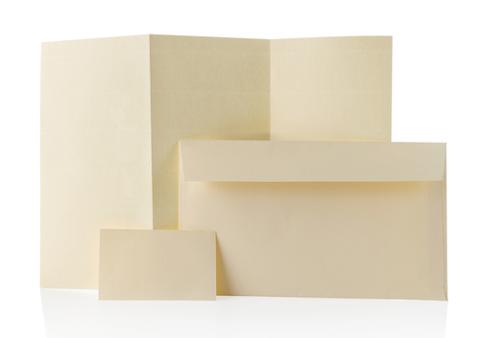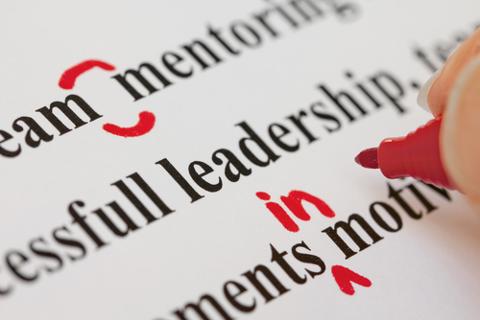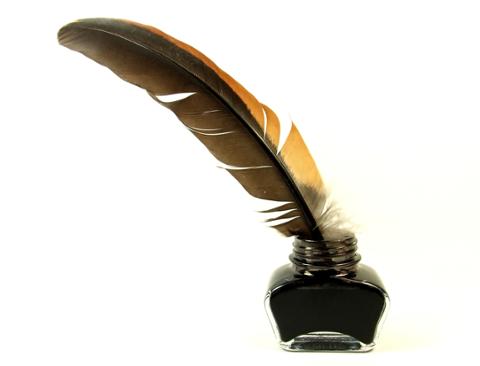Your resume and cover letter are intended to work together. They're like a pair of shoes: Although they’re the same color and style, one goes on your right foot and one goes on your left. And if you pair a sneaker with a work boot, maybe you'll get where you need to go, or maybe you won't. Obviously you want to get where you're going — in this case, to a new job. With that in mind, here are four strategies to present employers with the complete, working package.
Use a Similar Look and Feel
Consistency between your resume and cover letter demonstrates your attention to detail and thoroughness. Plus, giving reviewers a coordinated package helps you convey the sense of a uniform message. That's subtle, but it can have an impact. From the font to the layout to headers, you want to present complementary documents that were obviously thoughtfully crafted by the same author. It doesn’t matter whether you attach them as Word documents or PDFs or paste plain-text versions into the body of an email or online application. Be sure to use asterisks, bullet points, dashes and keywords consistently and capitalize the same words. If you're printing out copies for an interview, use the same paper and color scheme.
Customize Your Documents
Yes, it takes more work, but your resume and cover letter have to be customized in order to be effective. Use your cover to link your abilities to the company's needs, then weave that same theme into your resume's headline, profile and opening summary to create a powerful one-two punch.
Offer Complementary Information
Make sure the dates, job titles, education, technical skills and work experience in your documents match, and use the same name and contact information. The cover letter should enhance your resume by providing an in-depth overview of relevant experience and skills, while your resume should offer a more detailed look at your work history and education. When laid side-by-side, they should paint a complete picture of what you can offer.
Cross-reference Your Documents
Your cover letter exists to persuade employers to read your resume, so tie them together as much as possible. Refer to your resume in the body of your cover letter and note that it’s attached. In your resume, footnote experience and skills that also appear in your cover letter, then explain that details of a footnoted project or technical skill is included in the cover letter. Or, use bold-face type or italics to highlight cross-referenced experience and keywords. Also, consider cross-linking between the documents, especially if you create PDFs. Speaking of linking, remember to include links to your social media profile and online portfolio. That way, you're giving reviewers the chance to see the complete picture.



